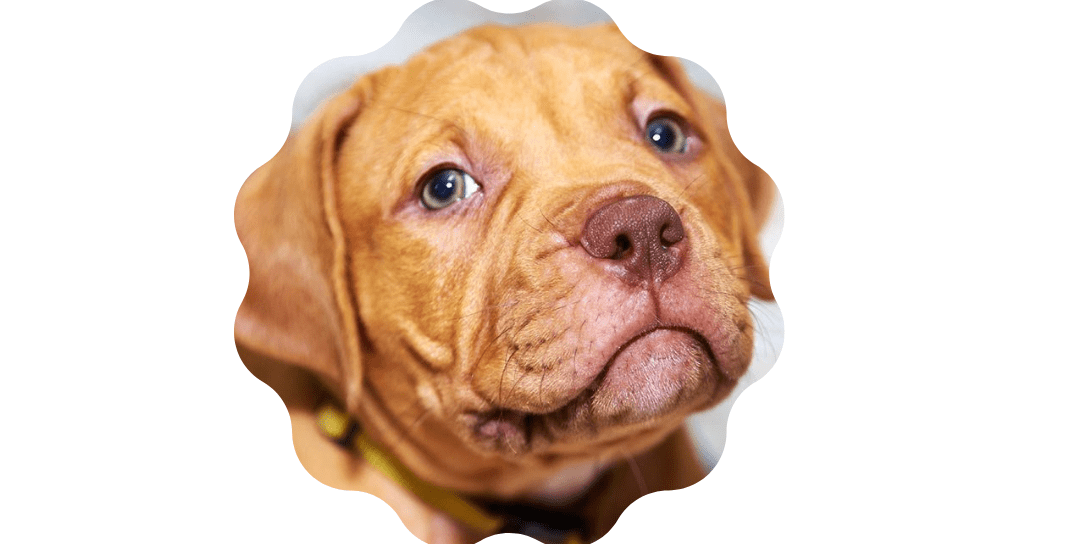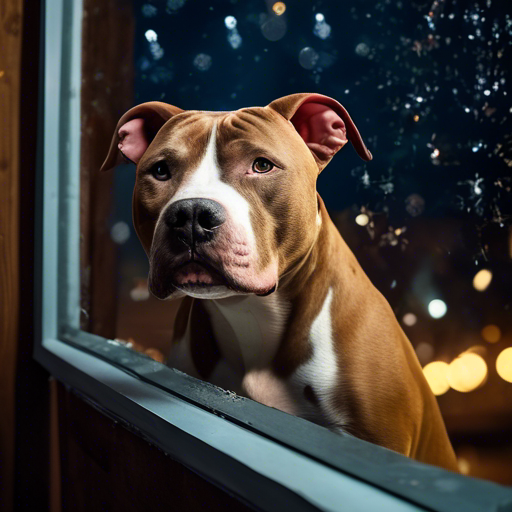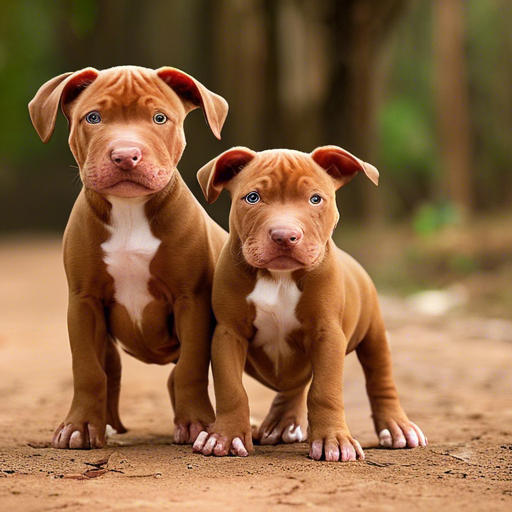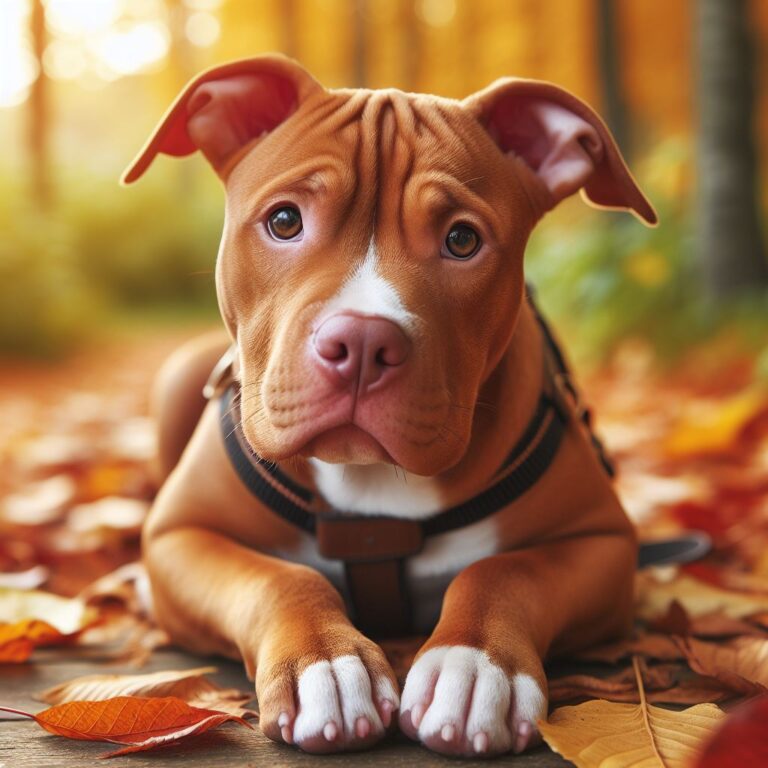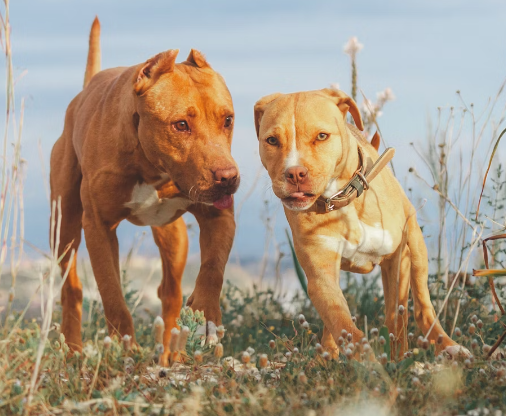Red Nose Pitbull Skin Problems
Red Nose Pitbulls are renowned for their loyalty, strength, and affectionate nature. However, like any other breed, they are susceptible to certain health issues, with skin problems being a common concern among owners. Understanding these issues and how to address them is crucial for ensuring the well-being of your furry companion.
Common Skin Problems in Red Nose Pitbull
Red Nose Pitbulls are prone to several skin problems, which can cause discomfort and affect their quality of life. These issues include allergies, parasitic infestations, bacterial infections, and environmental factors.
Allergies: The Culprit Behind Skin Woes
Allergies play a significant role in the development of skin problems in Red Nose Pitbulls. Just like humans, dogs can be allergic to various substances, including pollen, certain foods, and even flea bites. Identifying the type of allergy affecting your dog is crucial for effective management.
Flea Allergy Dermatitis
One of the most common skin problems in Red Nose Pitbulls is flea allergy dermatitis. This condition occurs when a dog is allergic to the saliva of fleas. Even a single flea bite can trigger an intense allergic reaction, leading to severe itching, redness, and skin lesions.
Treatment typically involves flea control measures, such as topical treatments, oral medications, and regular grooming. Additionally, soothing baths with oatmeal-based shampoos can help alleviate itching and inflammation.
Food Allergies
Food allergies can also contribute to skin problems in Red Nose Pitbulls. Certain ingredients, such as grains, beef, chicken, and dairy, are common allergens for dogs. Symptoms of food allergies may include itching, ear infections, gastrointestinal issues, and skin lesions.
Atopic Dermatitis
Atopic dermatitis is a chronic inflammatory skin condition that often has a genetic component. Dogs with atopic dermatitis are hypersensitive to environmental allergens, such as pollen, dust mites, and mold. Common symptoms include itching, redness, and recurrent ear infections.
Management strategies for atopic dermatitis may include allergen avoidance, topical therapies, oral medications, and immunotherapy. Your veterinarian can help devise a comprehensive treatment plan tailored to your dog’s specific needs.
Parasitic Infestations
Parasites, such as fleas, ticks, mites, and lice, can wreak havoc on a Red Nose Pitbull’s skin. These parasites not only cause itching and irritation but can also transmit diseases and lead to secondary infections.
Mange: A Persistent Problem
Mange is a skin condition caused by mites that burrow into the dog’s skin, leading to intense itching, hair loss, and skin lesions. There are two primary types of mange in dogs: sarcoptic mange and demodectic mange.
Pyoderma
Pyoderma refers to bacterial skin infections that cause pus-filled lesions, redness, and inflammation. This condition often occurs secondary to other skin problems, such as allergies, parasitic infestations, or trauma.
Contact Dermatitis
Contact dermatitis occurs when a dog’s skin comes into contact with irritants or allergens, such as certain plants, chemicals, or grooming products. Symptoms may include redness, itching, swelling, and skin lesions.
Environmental Factors
Environmental factors, such as extreme weather conditions, pollution, and humidity, can also impact a Red Nose Pitbull’s skin health. Exposure to harsh elements can lead to dryness, irritation, and increased susceptibility to skin infections.
Preventive Measures
Preventing skin problems in Red Nose Pitbulls involves proactive measures, such as regular grooming, flea and tick prevention, maintaining a balanced diet, and minimizing exposure to potential allergens and irritants.
When to Consult a Veterinarian
If you notice any signs of skin problems in your Red Nose Pitbull, it’s essential to consult a veterinarian promptly. Early intervention can prevent the condition from worsening and improve your dog’s quality of life.
Treatment Options
Treatment for skin problems in Red Nose Pitbulls varies depending on the underlying cause and severity of the condition. Your veterinarian may recommend topical therapies, oral medications, dietary changes, and lifestyle modifications to manage your dog’s skin issues effectively.
Conclusion
Skin problems are a common concern for Red Nose Pitbull owners, but with proper care and management, these issues can be minimized. By staying vigilant, addressing potential triggers, and seeking timely veterinary care, you can help keep your furry friend’s skin healthy and comfortable.
do red nose pitbulls have skin problems
Yes, Red Nose Pitbulls can indeed experience skin problems. Like any other breed, they are susceptible to various skin issues that can cause discomfort and affect their well-being. Some common skin problems in Red Nose Pitbulls include allergies, parasitic infestations, bacterial infections, and environmental factors. It’s essential for owners to be aware of these potential issues and take proactive measures to maintain their Pitbull’s skin health. Regular grooming, flea and tick prevention, a balanced diet, and prompt veterinary care are crucial for addressing and preventing skin problems in Red Nose Pitbulls.
